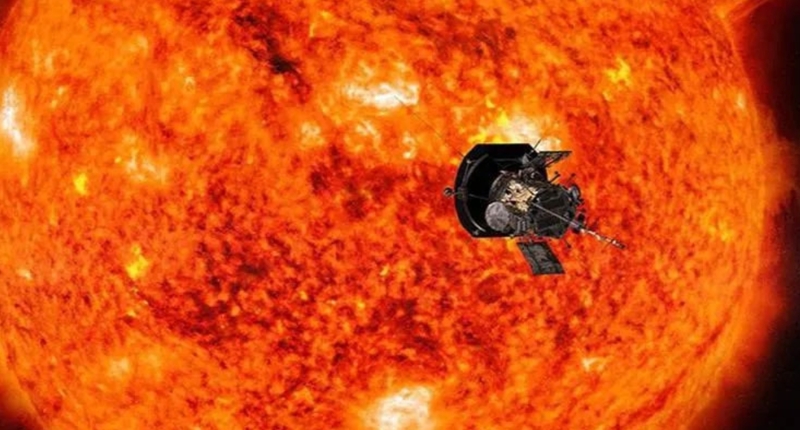NASA’s Parker Solar Probe spacecraft has successfully completed its 15th close flyby of the Sun, getting within 8.5 million km of the Sun’s surface. The Parker Solar Probe aims to explore the mysteries of the Sun and trace the flow of energy, understand the heating of the solar corona, explore what accelerates the solar wind, and provide a statistical survey of the outer corona. The spacecraft’s primary science goals are to provide a statistical survey of the outer corona, trace the flow of energy, understand the heating of the solar corona, and explore what accelerates the solar wind. Launched in 2018, the Parker Solar Probe mission is named after Eugene Parker, the scientist who first proposed the idea of the solar wind in the 1950s. The mission will continue until 2025, and the spacecraft has already provided valuable insights into the workings of the Sun. The top five keywords relevant to the article’s content and SEO are solar probe, Sun, corona, perihelion, and NASA.
NASA’s Parker Solar Probe Completes 15th Close Flyby of the Sun
NASA’s Parker Solar Probe spacecraft recently completed its 15th close approach to the Sun, braving temperatures as high as 1,400 degrees Celsius. During the flyby, the spacecraft reached within approximately 8.5 million km of the Sun’s surface, which is closer than Mercury’s orbit around the Sun. Parker Solar Probe is now set to come close to the Sun’s outer atmosphere, known as the corona.
Launched in 2018, the Parker Solar Probe aims to explore the mysteries of the Sun. Its primary science goals are to trace the flow of energy, understand the heating of the solar corona, explore what accelerates the solar wind, and provide a statistical survey of the outer corona. Unlike Earth, the Sun doesn’t have a solid surface. Instead, it has a superheated atmosphere made of solar material that is bound to the Sun by gravity and magnetic forces.
Parker Solar Probe is currently travelling at a speed of 559,530 km/h, and its mission will continue until 2025. The spacecraft has already provided valuable insights into the workings of the Sun, including the discovery of nanoflares, small but powerful eruptions that may help explain why the Sun’s corona is so much hotter than its surface.
The mission is named after Eugene Parker, the scientist who first proposed the idea of the solar wind in the 1950s. Parker Solar Probe’s close approach to the Sun will help scientists better understand this phenomenon and the overall behavior of the Sun.
Don’t miss interesting posts on Famousbio
